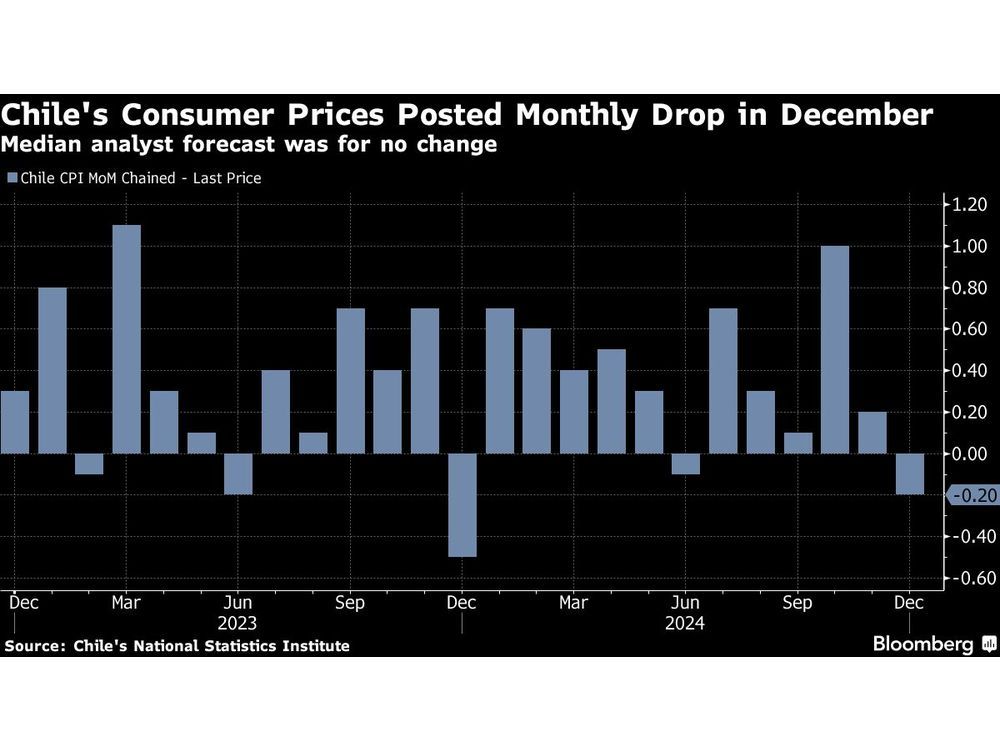Many investors use fundamental or technical analysis when making investment decisions, with many only using technical analysis when picking their trades. Many traders use technical indicators to spot potential trading opportunities. Technical indicators are mathematical calculations based on the price, volume, or open interest of an underlying asset. They fall into four categories: trend, momentum, volatility, and volume.
Reference [1] examined the profitability of popular technical indicators during the Covid-19 pandemic. It pointed out,
(1) The financial crisis caused by the COVID-19 pandemic offers limited TR [trading rule] excess profits relative to the buy-and-hold strategy. (2) Trs that are statistically significantly profitable for almost all asset classes during the market crash (after accounting for transaction costs) are the Bollinger Bands and trading range break-out rules. (3) This suggests that market trend and momentum, impacted by the large imbalances between supply and demand, played a significant role in price formation and trader behavior in all asset classes. (4) Combined (or composite) CSA technical trading strategies can generate profitability improvements for all asset classes and are highly effective during the market crash regime.
Therefore, overall, the findings suggest that TRs may be useful for investors during market crashes and that many markets were weak-form inefficient during the COVID- 19 market meltdown. These findings are consistent with the notion that, at such times, investors may become distressed by market trends and momentum and, consequently, shift from fundamental analysis to technical analysis. As a result, TRs and the resulting composite trading signals could play an essential role in a portfolio management strategy that seeks to preserve capital during times of distress.
In short, some, but not all, of the technical trading rules examined in the article were profitable during the pandemic.
We find it noteworthy that,
- The authors did not generalize their results to other market periods,
- They also performed a robustness test using bootstrapping simulations.
Let us know what you think in the comments below.
References
[1] Camillo Lento, and Nikola Gradojevic, The Profitability of Technical Analysis during the COVID-19 Market Meltdown, J. Risk Financial Manag. 2022, 15, 192.
Further questions
What's your question? Ask it in the discussion forum
Have an answer to the questions below? Post it here or in the forum




